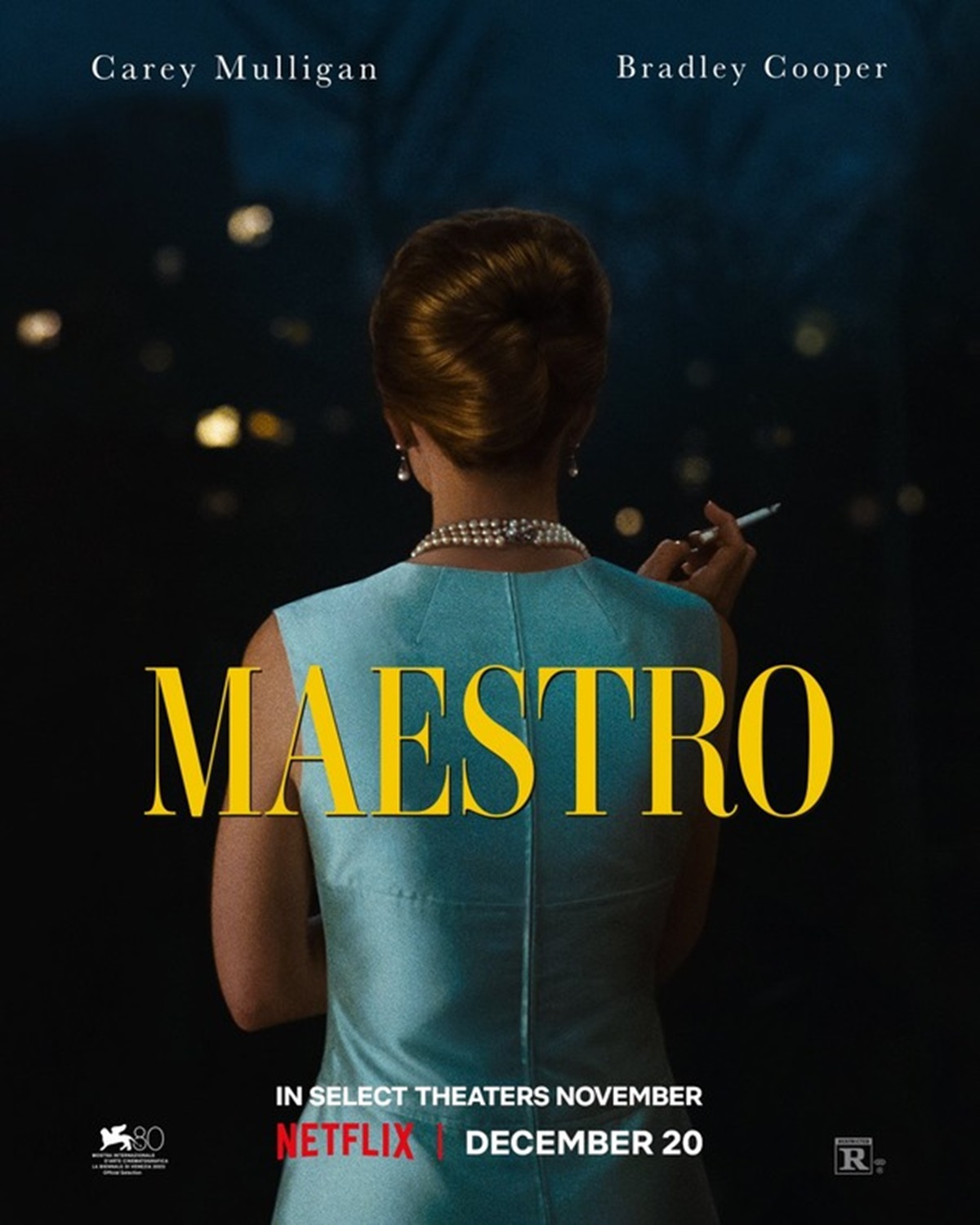As a big fan of Leonard Bernstein, his music and a fellow gay man as well as an amateur musician, I approached this highly anticipated movie with certain expectations, albeit trying my best to keep an open mind.
Continue readingCasa da Música, Porto
Designer: Rem Koolhas & Ellen van Look (OMA |
Completed: 2005 |
What an unexpected treat is was for us to visit this ‘House of Music’ in Porta during out holiday back in May 2019. As a keen participant in the arts and a former architectural practitioner I am fascinated by the design of performing arts venues. This new landmark and contemporary music venue was therefore something we couldn’t possibly miss during our three night stopover in Porto. It was one of the many highlights of our drive down from Santiago de Compostela in Spain to Lisbon.
This impressive contemporary multi-venue for music was designed by Dutch designers Rem Koolhas and Ellen van Loon and their design studio Office of Metropolitan Architecture (OMA). Their winning entry for the Casa da Musica in the international design competition of 1999 was developed, realised and opened in 2005.
Unfortunately the timing of our visit to Porto didn’t afford us the benefit of attending a music performance at the venue. We were however thrilled to be able to tour and experience the building and hope to return one day to witness an actual performance there.
First impression and overall form
The white concrete-clad asymmetrical monolith (actually a 17-sided polyhedron) stands proudly on an undulating travertine-paved public square in the historic Rotunda da Boavista. The siting strategy of OMA was not to build the new concert hall into the ring of old buildings defining the Rotunda, but to let the new building stand in isolation in front of the Rotunda’s park which is adjacent to a working class area. With this concept, issues of symbolism, visibility and access were resolved in one simple gesture.
Some have described the Casa da Musica as resembling a meteorite that has landed in the middle of the city. But its placement as a sculptural object sitting on a platform is not unlike the way the sculptural shell forms of the Sydney Opera House rise above a plinth on Bennelong Point at Circular Quay.
Accomodation brief
The building houses a Grand Auditorium (Salle 1, which seats 1238 people) and a secondary flexible performance space with (Salle 2, which accommodates 300 with no fixed seating). Along with these are ten rehearsal rooms, recording studios, an educational area, a restaurant, roof terrace, a VIP room, admin area and numerous informal performance and activity spaces.
Design innovation
The Grand Auditorium is a regular ‘shoe-box’ space. As described by the designers in their website, rather than trying to escape the acoustic superiority and domination of the ideal ‘shoe-box’ form which seems to be the preoccupation of contemporary architects over the last few decades, they have chosen to instead reinvigorate this traditional form in another way; by redefining the relationship between the hollowed interior and the general public outside.
In trying to open out views to the outside in the Grand Auditorium, a fundamental technical acoustic problem had to be addressed. With glass being a reflective surface, the solution for having a large expanse of it on one side of the shoe-box hall was to develop a special corrugated version that would provide the transparency yet solve the reflection problem. This surface can be seen from the outside and is also a distinctive part of the building’s interior expression.
There is no large central foyer. Instead, a continuous public route connects the spaces around the Grand Auditorium by means of stairs, platforms and escalators, offering an architectural adventure which the photos in the gallery below should hopefully demonstrate.
The interior finishes are both contemporary and traditional. From polished aluminium floors in the public foyers to plywood with enlarged wood patterns embossed in gold in the Grand Auditorium and hand-painted tiles picturing pastoral scenes in homage to the azulejo-tiles of the VIP Room.
Effect on the city
Until this building had shown up, Porto’s design orthodoxy had been firmly in the Siza Viera mould. Casa da Musica has provoked and inspired a new expressiveness.
Casa da Musica is home to the Orquestra Nacional do Porto. But coupled with its rich programmatic requirements which allows it to play host to just about every music genre the result is a distinctive and vibrant edifice which has been embraced by its users. Visitors can expect to enjoy classical music, jazz, fado, electronica and dance music as well as other experimental events.
It, more importantly, takes the city forward in its outlook.
Gallery - a photo essay of the tour
All photos by Selwyn Lemos and Ban-Foo Leong









































